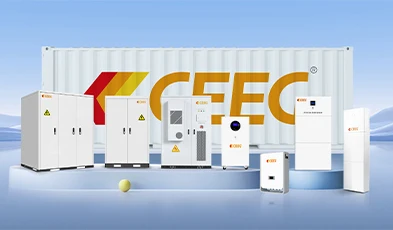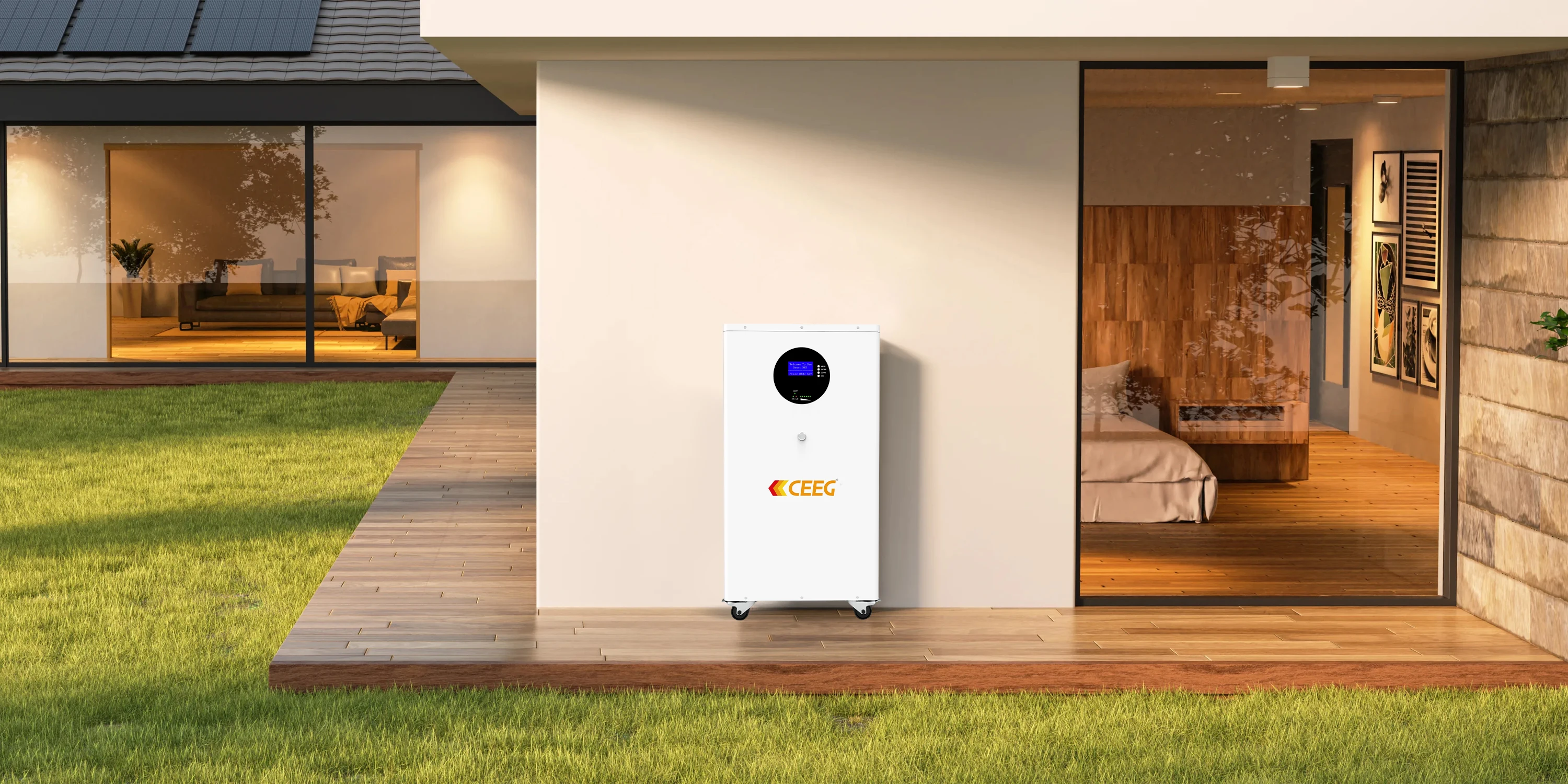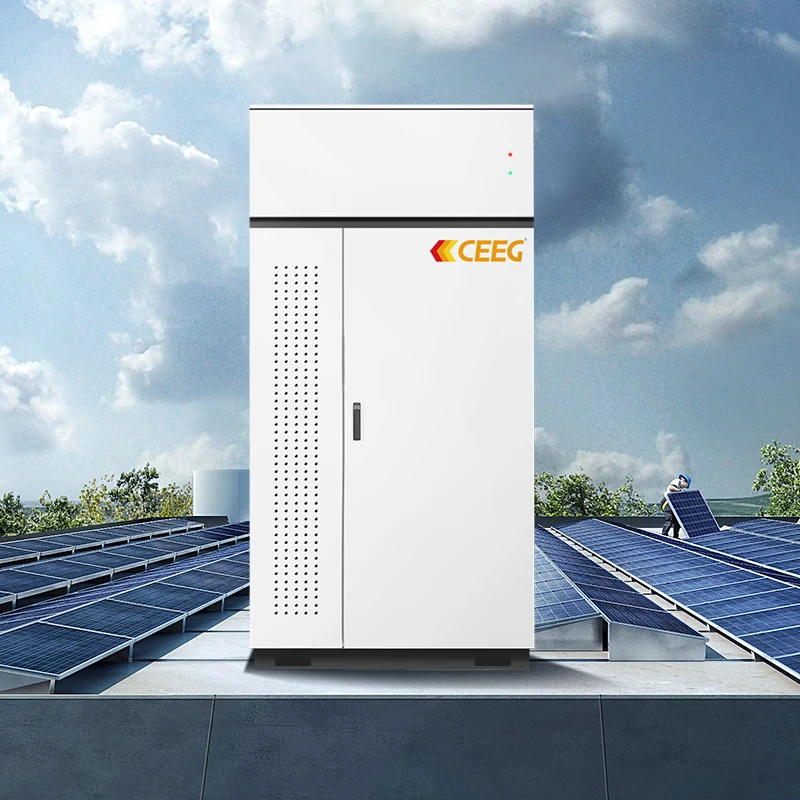As we all know, energy storage can be divided into mechanical energy storage and chemical energy storage. Mechanical energy storage can be divided into pumped storage, compressed air energy storage, and flywheel energy storage; chemical energy storage (that is, what we usually call batteries) can be divided into lead-acid batteries, nickel batteries, lithium batteries, flow batteries, and sodium-sulfur batteries.
Lead-acid batteries: It is a battery whose electrodes are mainly made of lead and its oxides, and whose electrolyte is sulfuric acid solution. When the lead-acid battery is in the discharge state, the main component of the positive electrode is lead dioxide, and the main component of the negative electrode is lead; when it is in the charging state, the main components of the positive and negative electrodes are both lead sulfate. The advantages of lead-acid batteries are safe sealing, venting system, simple maintenance, long service life, stable quality, and high reliability; the disadvantages are that the lead pollution is large and the energy density is low (that is, too heavy).
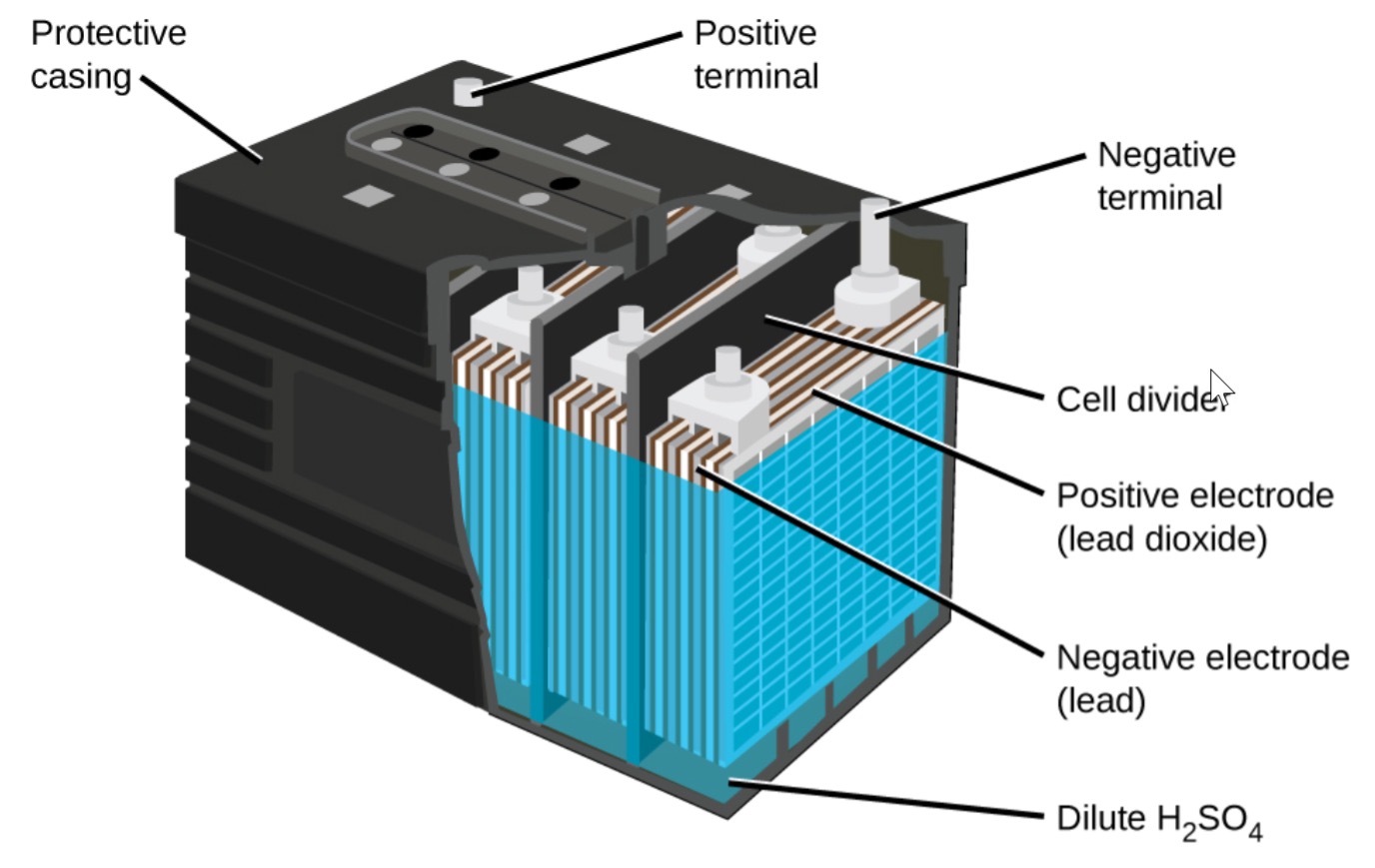
Nickel battery: A nickel-metal hydride battery is a good-performance battery. The positive active material of nickel-metal hydride battery is Ni(OH)2 (called NiO electrode), the negative active material is metal hydride, also called hydrogen storage alloy (the electrode is called hydrogen storage electrode), and the electrolyte is 6mol/L potassium hydroxide solution. The advantages of nickel-metal hydride batteries are high energy density, fast charge, and discharge speed, lightweight, long life, and no environmental pollution; the disadvantages are slight memory effect, more management problems, and easy formation of monomer battery separator melting.
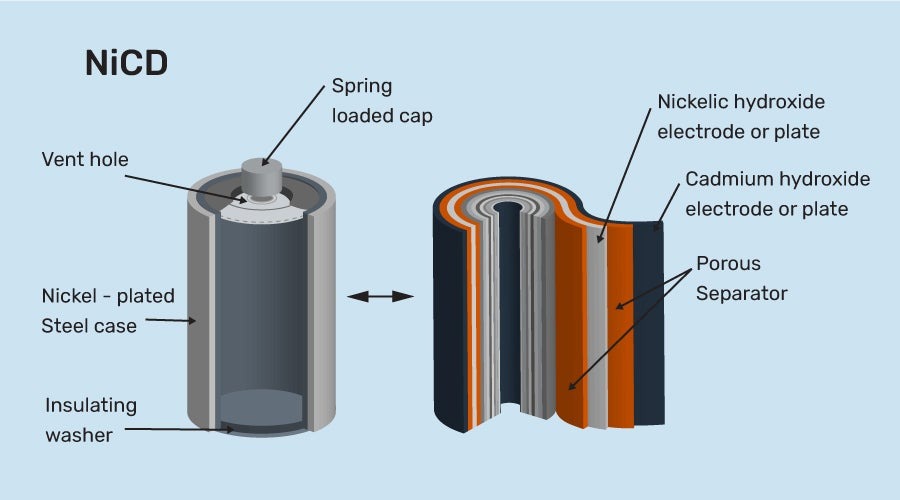
Lithium battery: Lithium-ion battery is a type of battery that uses lithium metal or lithium alloy as the negative electrode material and non-aqueous electrolyte solution. Due to the very active chemical properties of lithium metal, the processing, storage, and use have very high environmental requirements. With the development of science and technology, lithium-ion batteries have now become the mainstream. Its important advantages are long service life, high storage energy density, lightweight, and strong adaptability; its disadvantages are poor safety, easy to explode, high cost, and limited use conditions.
Liquid flow battery: Liquid flow energy storage battery is a type of device suitable for fixed large-scale energy storage (electricity storage). Compared with the currently commonly used lead-acid batteries, nickel-cadmium batteries, and other secondary batteries, it has the advantages of independent design of power and energy storage capacity (energy storage medium is stored outside the battery), high efficiency, long life, deep discharge, and environmental friendliness. It is one of the preferred technologies for large-scale energy storage technology. The advantages of liquid flow batteries are their flexible layout, long cycle life, fast response, and low harmful emissions; the disadvantage is that the energy density varies greatly.
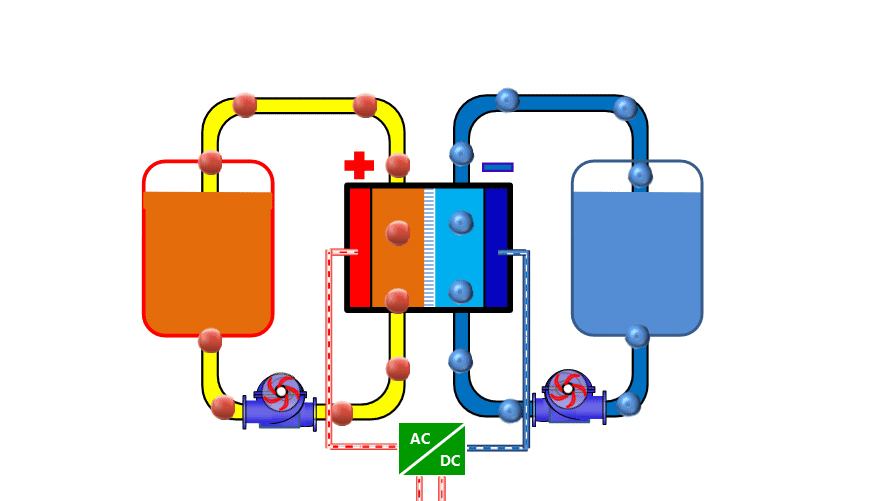
Sodium-sulfur battery: Sodium-sulfur battery is a secondary battery with sodium metal as the negative electrode, sulfur as the positive electrode, and a ceramic tube as the electrolyte membrane. Under a certain working temperature, sodium ions pass through the electrolyte membrane and undergo a reversible reaction with sulfur, resulting in the release and storage of energy. Advantages and disadvantages of sodium-ion batteries: specific energy up to 760Wh/kg, no self-discharge, discharge efficiency of almost 100%, and life span of 10 to 15 years; the disadvantage is that sulfur and sodium melt at a high temperature of 350ºC.

Ternary lithium-ion battery: Ternary polymer lithium-ion battery refers to a lithium-ion battery whose positive electrode material uses nickel cobalt manganese oxide (Li(NiCoMn)O2) ternary positive electrode material. The ternary composite positive electrode material is made of nickel salt, cobalt salt and manganese salt. The ratio of nickel, cobalt, and manganese can be adjusted according to actual needs. The battery with ternary material as the positive electrode is safer than a cobalt oxide lithium-ion battery, but the voltage is too low. When used in mobile phones (the cut-off voltage of mobile phones is generally around 3.0V), there will be a clear feeling of insufficient capacity. The advantage of ternary lithium-ion batteries is good cycle performance; the disadvantage is that their use is limited.
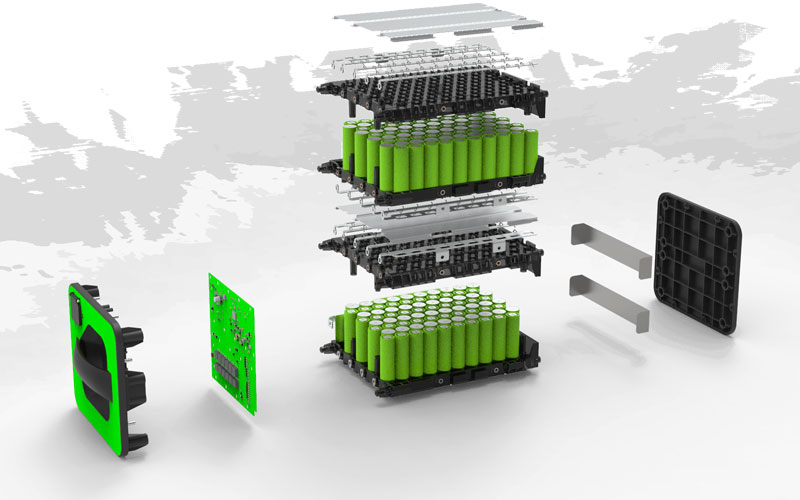
Lithium iron phosphate: Lithium iron phosphate battery refers to a lithium-ion battery that uses lithium iron phosphate as the positive electrode material. The positive electrode materials of lithium-ion batteries are mainly lithium cobalt oxide, lithium manganese oxide, lithium nickel oxide, ternary materials, lithium iron phosphate, etc. Among them, lithium cobalt oxide is the positive electrode material used by most lithium-ion batteries. The advantages of lithium iron phosphate are improved safety performance, improved life, good high-temperature performance, large capacity, no memory effect, lightweight, and environmental protection; the disadvantages are that it will cause micro short circuits, low energy density, high manufacturing costs, poor product consistency, and intellectual property issues.
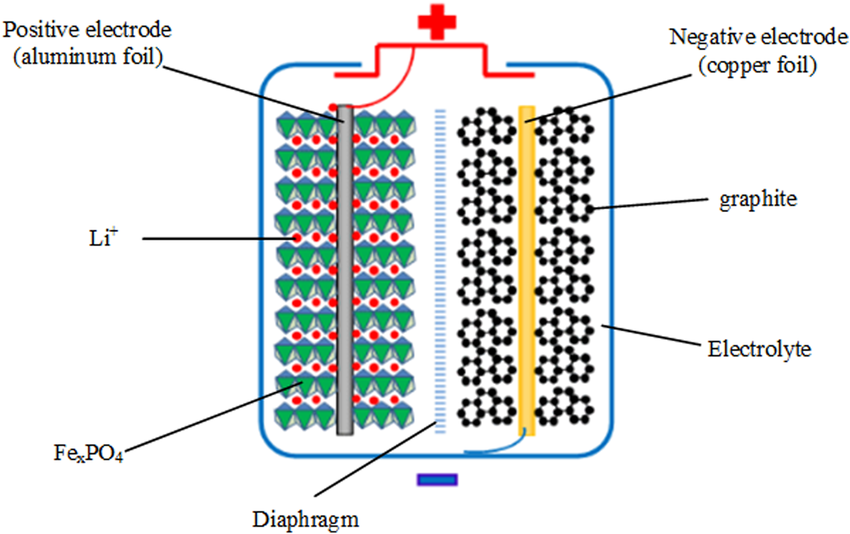
The above content is the common classification of energy storage batteries. Of course, there is some other related knowledge about energy storage batteries and how to classify batteries.
FAQ:
What are the main aspects of the performance of secondary batteries usually mentioned?
It mainly includes voltage, internal resistance, capacity, energy density, internal pressure, self-discharge rate, cycle life, sealing performance, safety performance, storage performance, appearance, etc. Others include overcharge, over-discharge, corrosion resistance, etc.
What are the reliability test items for batteries?
Cycle life, discharge characteristics at different rates, discharge characteristics at different temperatures, charging characteristics, self-discharge characteristics, storage characteristics, over-discharge characteristics, internal resistance characteristics at different temperatures, temperature cycle test, drop test, vibration test, capacity test, internal resistance test, GMS test, high and low-temperature impact test, mechanical impact test, high temperature, and high humidity test.
What are the battery safety test items?
Short circuit test, overcharge, and over-discharge test, withstand voltage test, impact test, vibration test, heating test, the fire test, variable temperature cycle test, trickle charge test, free drop test, low-pressure test, forced discharge test, hot plate test, thermal shock test, puncture test, extrusion test, heavy object impact test.
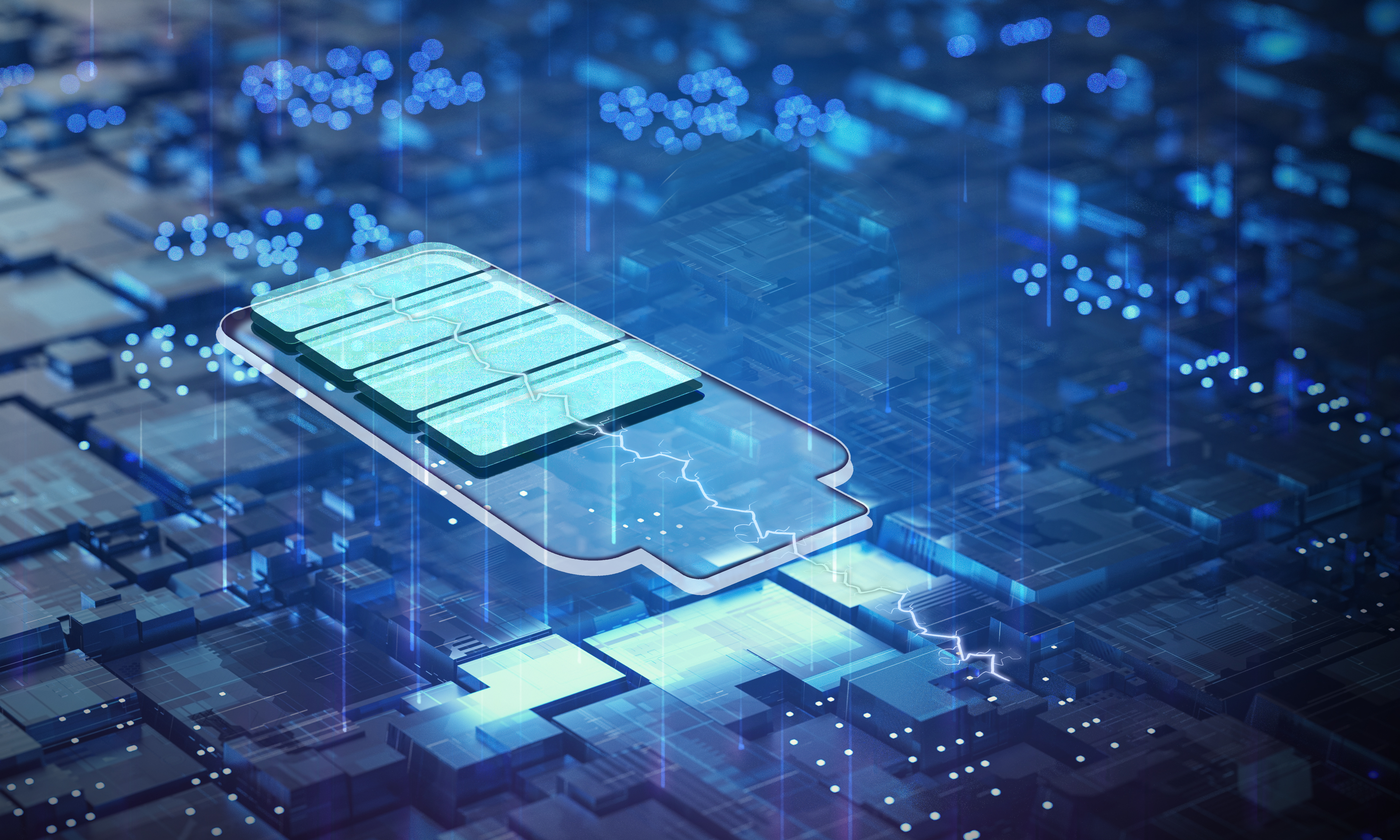
What are the main factors that affect battery life?
01) Charging: When choosing a charger, it is best to use a charger with a correct charging termination device (such as an overcharge protection time device, a negative voltage difference (-dV) charging cut-off device, and an overheating protection sensing device) to prevent the battery from shortening its service life due to overcharging. Generally speaking, slow charging can extend the battery life more than fast charging.
02) Discharging: a. The depth of discharge is the main factor affecting the battery life. The higher the depth of discharge, the shorter the battery life. In other words, as long as the depth of discharge is reduced, the battery life can be greatly extended. Therefore, we should avoid over-discharging the battery to an extremely low voltage. b. When the battery is discharged at a high temperature, the battery life will be shortened. c. If the electronic equipment is designed not to completely stop all current, if the equipment is left unused for a long time without removing the battery, its residual current may sometimes cause the battery to be over-consumed, causing the battery to be over-discharged. d. When batteries of different capacities, chemical structures, or different charge levels, as well as new and old batteries, are mixed, the battery will be discharged too much, and even reverse polarity charging may occur.
03) Storage: If the battery is stored at a high temperature for a long time, its electrode activity will decay and its service life will be shortened.
What are the advantages of lithium iron phosphate batteries? What are the advantages of batteries?
The main application direction of lithium iron phosphate batteries is power batteries, and their advantages are mainly reflected in the following aspects: a. Ultra-long life; b. Safe use; c. Rapid charging and discharging with large current; d. High-temperature resistance; e. Large capacity; f. No memory effect; g. Small size and light weight; h. Green and environmentally friendly.
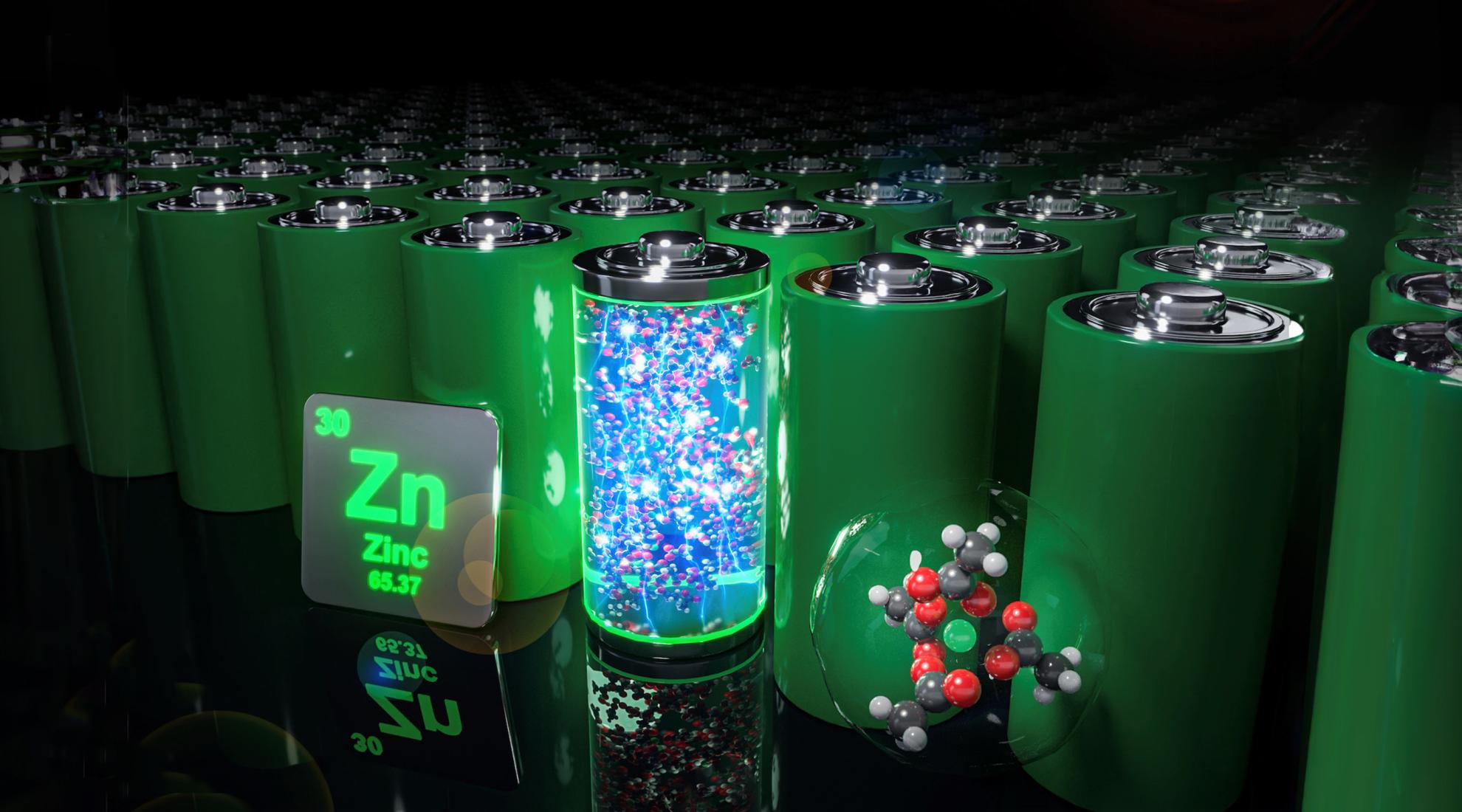
 Search
Search
 EN
EN




